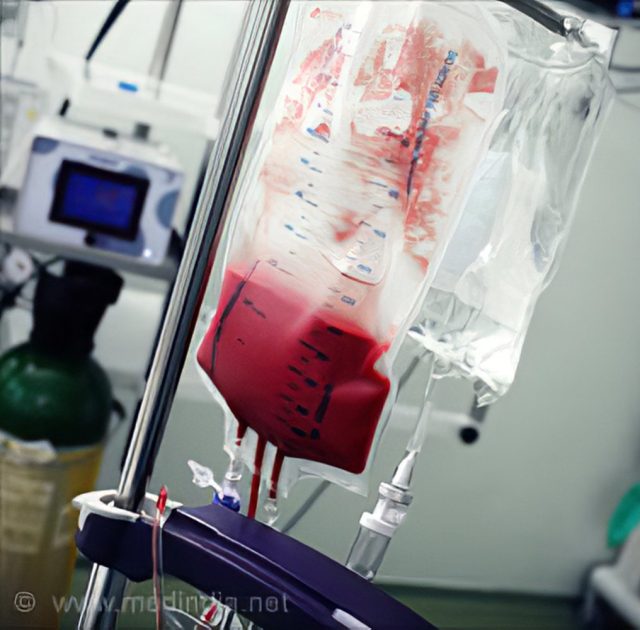If you didn’t know, blood transfusions are life-saving medical procedures that replenish blood components lost through accidents, surgeries, chronic illnesses, or blood disorders.
As a healthcare professional, understanding the intricacies of blood transfusion procedures is essential.
In this article I will delve into the meticulous steps involved, ensuring the safety and efficacy of this critical intervention.
preparation is paramount
- Blood Bank Liaison: The journey begins with a healthcare provider (HCP) consulting the blood bank to identify the appropriate blood product based on the patient’s blood type, needs, and medical history.
- Informed Consent: A thorough explanation of the procedure, potential benefits and risks, and alternative treatments is provided to the patient. Informed consent is obtained to ensure patient autonomy.
- Double Check, Double Safe: Two qualified HCPs (often a nurse and a doctor) meticulously verify the patient’s identity, blood type compatibility, and blood product information against the blood bank requisition form and the blood bag label. This multi-step verification minimizes the risk of errors.
setting the stage
- IV Access: A secure intravenous (IV) line is established in a large vein, typically in the arm, to facilitate blood product administration.
- Baseline Vital Signs: Blood pressure, heart rate, temperature, respiratory rate, and oxygen saturation are documented to establish a baseline for monitoring during the transfusion.
- Allergy Alert: The patient’s allergy history is reviewed again, and pre-medication may be administered to prevent allergic reactions.
The flow of life
- Blood Product Administration: The blood bag is meticulously inspected for leaks, discoloration, or expiration dates. Using a sterile technique, the blood bag is connected to the IV line with a blood transfusion filter to trap any potential microaggregates in the blood product.
- Initial Slow Flow: The transfusion begins at a slow rate, typically 20-50 mL/hour, to allow the patient’s body to adjust to the incoming blood. Vital signs are monitored closely during this initial phase.
- Gradual Increase: If no adverse reactions are observed, the flow rate can be gradually increased based on the patient’s tolerance and the urgency of their condition.

Vigilance throughout the process
- Continuous Monitoring: Throughout the transfusion, vital signs, urine output, and the patient’s overall condition are monitored diligently. This allows for early detection of any potential reactions, such as chills, fever, fever, itching, or shortness of breath.
- Blood Transfusion Reaction Protocol: If a reaction occurs, the transfusion is immediately stopped, and the healthcare team follows established protocols to manage the reaction and ensure patient safety.
- Documentation is Key: All aspects of the transfusion procedure, from blood product selection to completion, are meticulously documented in the patient’s medical record for future reference.
Other things you should consider
- Blood Warmers: In some cases, blood warmers may be used to slightly warm the blood product before administration, mimicking body temperature and potentially improving patient comfort.
- Blood Salvage Techniques: In certain situations, blood salvage techniques may be employed to collect and reinfuse a patient’s own blood loss during surgery, minimizing the need for donor blood.
Make it a teamwork
Blood transfusions are a collaborative effort. Nurses play a crucial role in patient education, preparation, meticulous administration, and ongoing monitoring. Doctors provide the medical expertise for blood product selection and oversee the overall procedure.
Laboratory personnel ensure blood type compatibility and product quality. Through clear communication and coordinated teamwork, healthcare professionals can ensure the safe and effective delivery of this life-saving intervention.
By knowing the meticulous procedures involved in blood transfusions, nurses and doctors can not only ensure patient safety but also empower patients through knowledge and informed consent.
After all, in the world of medicine, sometimes the most extraordinary interventions involve the most fundamental element of life itself








